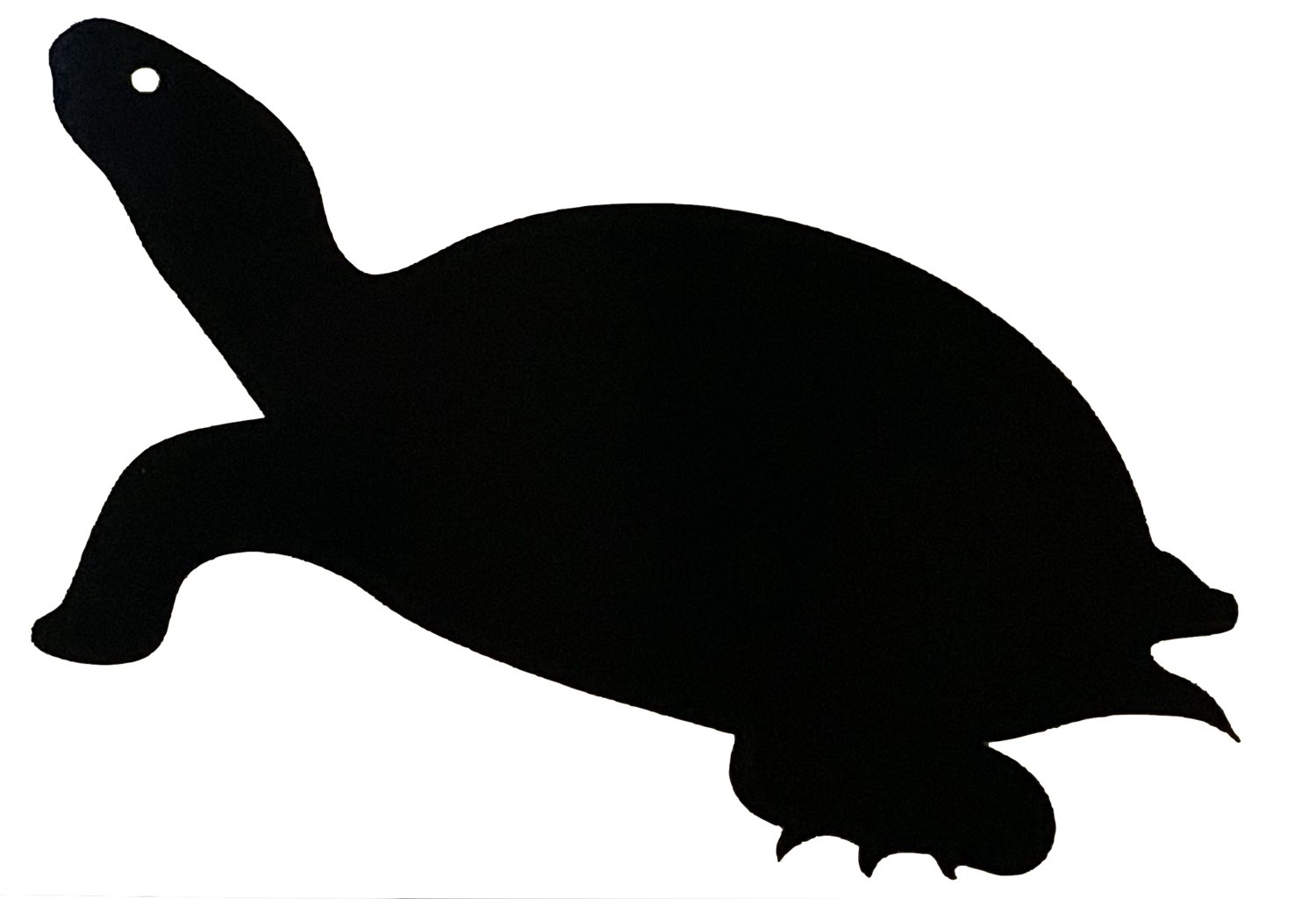Road curbs as barriers to turtle movement
If you are familiar with the difficulties of being a turtle in today’s world, you will know that roads pose a major threat to turtles. Roads fragment turtle habitat and are a main cause of turtle mortality and injury. Turtles must regularly cross roads to move within their habitat, search for food, find a mate, lay their nests, and to find a suitable overwintering spot.
Typically moving across a road, although dangerous, is not too difficult. However, in more urban areas where roads frequently have curbs, these can result in another barrier to turtle movement. Traditional vertical curbs can trap smaller turtles and turtle hatchlings on a road. Once trapped, the likelihood of being hit by a car is much much higher and to get off the road (if that’s even possible) a turtle would need to travel a very long distance or be helped by a passing human.
In 2024, such a situation in Kingston was brought to our attention by a concerned citizen. Along Cataraqui Woods Dr just north of Princess St. there is a wetland adjacent to the road on the west and a stormwater management pond to the east. Turtles are regularly seen crossing the road between these two water bodies (yes stormwater ponds are not a good place for turtles to be even though they are regularly found in them). We have received reports over the years about turtles getting hit on this road and the tall vertical curbs on each side of the road don’t help with the situation.
Road with vertical curbs frequently crossed by turtles
For this specific location the question was how do we reduce turtle road mortality. Of course the best option is to install exclusion fencing to keep turtles off the road completely, but this is expensive and involves a long process to get permissions, funding, plan, and then execute. Also, when advocating for exclusion fencing we unfortunately need to be picky about where we ask for it to be installed - we need to target high turtle mortality spots first and this location isn’t top of our list of issue spots in the city.
Image of curb cuts after being completed (before grass regrew)
The option we decided to request was inspired by a component included in exclusion fencing designs called jump outs - features that allow a turtle to move off the road and over exclusion fencing when they find themselves accidentally on the wrong side of the fencing. What might a ‘jump out’ look like in this situation? Well, after taking with some turtle experts and reading some articles we determined that the quickest way to help turtles at this location was to ask the City of Kingston to complete curb cuts, lowering the curb in several areas to allow turtles to get off the road.
Variations of this were done at Trent University and in Ottawa, providing useful examples we could present to the city. We proposed the idea to our primary contact at the city in May and by July 2024 they had been completed! We are so grateful to the City of Kingston for acting so fast on our concerns. It definitely helped that the proposed solution we had was not energy nor time intensive.
As we approach the turtle season in 2025 we hope these curb cuts will help our smaller turtle friends more easily navigate this busy road!


